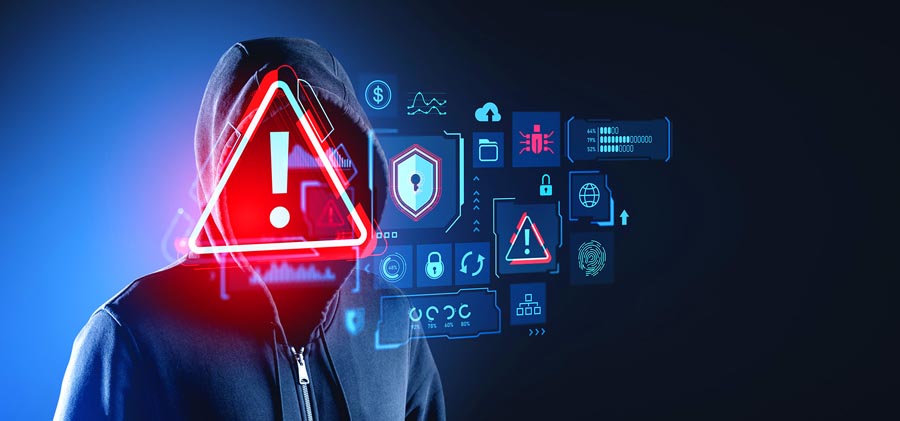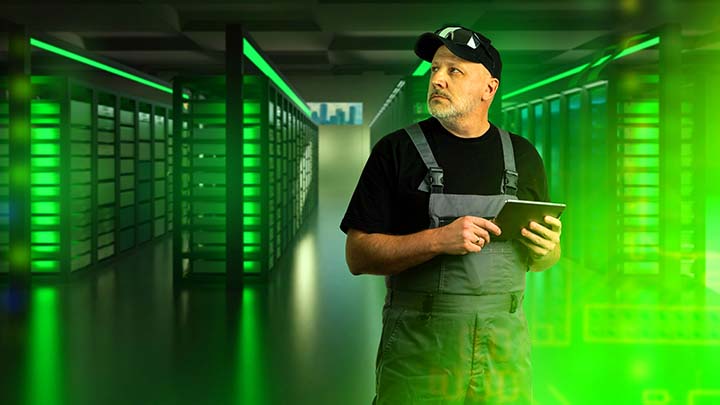How to Future-Proof Your Data Center for Evolving Cybersecurity Threats

The digital age has brought extraordinary opportunities but also an avalanche of cybersecurity threats. Data centers, the beating heart of most organizations, are prime targets. Cyberattacks are not just evolving—they’re getting more sophisticated. So, how can you ensure your data center can handle both today’s threats and the unseen dangers lurking on the horizon?
Why Cybersecurity Is Constantly Evolving
It’s no secret that new threats pop up daily. But why the constant evolution? The answer is simple: as companies innovate, so do cybercriminals. Just as you’re adding layers of protection, hackers are finding creative ways to exploit the cracks. The introduction of new technologies—like AI, IoT, and cloud computing—opens up new vulnerabilities. The faster we innovate, the faster the threats grow.
This makes future-proofing your data center not just a technical need but a business imperative. Because no matter how secure you think you are today, tomorrow’s risks will look entirely different.
Key Steps to Future-Proofing
- Adopt a Zero-Trust Security Model
The Zero-Trust model flips traditional security on its head. Rather than assuming that internal systems and users can be trusted, you take the stance that no one and nothing can be trusted until verified. In a future where attacks may come from anywhere, including inside your own walls, this model makes sure that you are always checking and validating—no blind trust here.
- Embrace AI and Automation for Defense
Human analysts, no matter how skilled, can’t keep up with the sheer volume of cyber threats today. Automation, combined with AI, is an essential step forward in future-proofing your data center. AI can not only monitor vast amounts of data and traffic but also detect anomalies or patterns of behavior that are too subtle for humans to catch.
Automated systems can respond immediately, isolating compromised areas and stopping attacks before they spread. This speed could be the difference between a minor issue and a massive breach.
Strength in Layers
While no single security measure is foolproof, combining multiple layers of defense is key. This concept, known as Defense in Depth, ensures that even if one defense is breached, others stand strong. It’s about creating multiple barriers that slow attackers down and give you time to react.
Encryption, firewalls, intrusion detection systems, and antivirus software each play a role in making sure that no single vulnerability can take you down.
But remember, it’s not just about putting these layers in place—it’s about regularly updating and reviewing them. Complacency kills.
Cloud Security and Its Unique Challenges
The cloud has become the go-to for modern data centers, offering unmatched flexibility and scalability. However, it also brings new security risks. Many companies fall into the trap of assuming the cloud provider handles everything. In reality, cloud security is a shared responsibility.
Data encryption, strict identity and access management (IAM), and regular audits are essential practices to protect your cloud infrastructure. Future-proofing means not only using the cloud’s potential but doing so securely.
The Human Factor
It’s easy to get caught up in the technical side of future-proofing, but let’s not forget the human element. People—your employees, your partners—are often the weakest link in any cybersecurity strategy. A careless click on a phishing email or failure to follow security protocols can undo months of hard work in an instant.
To combat this, it’s critical to build a culture of cybersecurity. Regular training sessions, security awareness programs, and practice drills can help employees recognize threats before they become problems.
Patching and Updates
Never underestimate the power of an outdated system. Every day that passes without applying a security patch is a day that cybercriminals could exploit a known vulnerability. Regular updates and patches are crucial to ensuring your defenses are up to date.
Conclusion
Future-proofing your data center is about constant vigilance. Cybersecurity threats will never stop evolving, so neither can your defenses. By adopting a proactive mindset, leveraging cutting-edge technology, and fostering a culture of awareness within your team, you can stay ahead of the curve.
There’s no endpoint to cybersecurity—only the commitment to being ready for whatever comes next.




